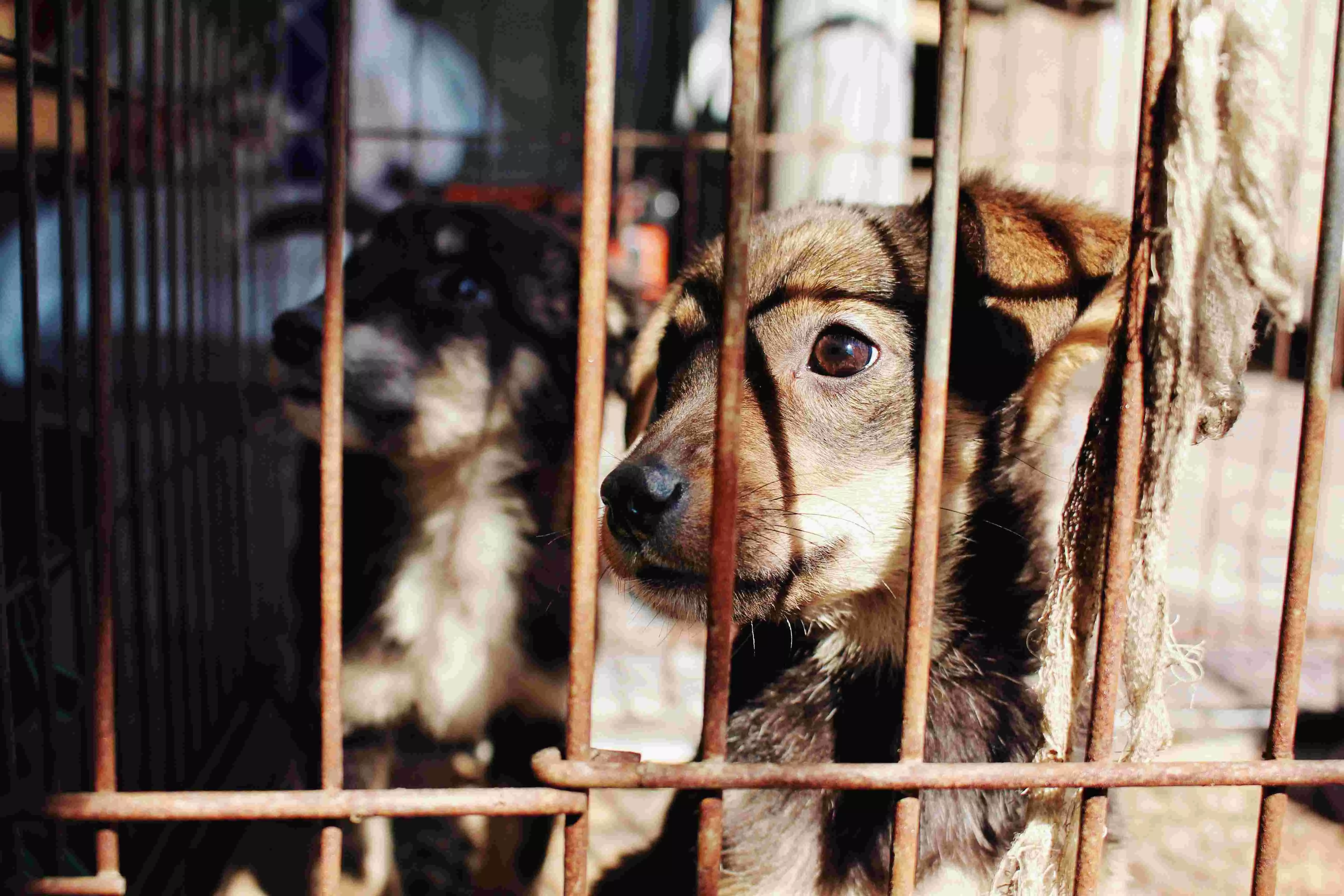Enabling enforcement
While there are ample laws regarding protection of animals in India, there is a need to ensure proper enforcement of the same and raise awareness among the masses

One post read: "Be kind to stray animals, you never know what they may have gone through on the streets." Definitely, a heart-wrenching one.
It is interesting to note that even the Indian Constitution talks about animals. It emphasises the responsibility to care for and preserve the country’s natural resources, such as its forests, lakes, rivers, and animals. These come under Directive Principles of State Policy and Fundamental Duties. For instance, Article 48A refers to improving the environment, safeguarding and protecting forests & wildlife. It mentions that the State shall endeavour to protect and improve the environment and safeguard forests and wildlife. Article 51A(g) enumerates it as the duty of citizens to protect and improve the natural environment, including forests, lakes, rivers, and wildlife, and to have compassion for living creatures. This was also widely discussed in the judgment of Animal Welfare Board of India vs. VA Nagaraja & Ors, 2014. In the Concurrent List, both the Centre and the States have the power to legislate on the protection of wild animals, birds, as well as the prevention of cruelty to animals.
The basic law preventing cruelty to animals is contained in the Prevention of Cruelty to Animals Act 1960. The objective of the Act is to prevent the infliction of unnecessary pain or suffering on animals. The statute refers to multiple forms of cruelty that are banned by the Act, including those related to work animals, captivity, abuse, mutilation, killing, etc. It inter alia also deals with experimentation on animals. The Act makes it a crime to torture, beat, kick, mutilate, administer an injurious substance, or inflict cruelty in any other manner. It is also illegal to override, overdrive, overload, or work an unfit animal. It is an offense to cruelly transport, confine, chain, or tether an animal. It makes it a violation to engage in animal fighting or shooting competitions in which animals are released from captivity to be shot. Apart from these, many other cruelties are also defined. The 1960 law also creates the Animal Welfare Board of India to ensure the anti-cruelty provisions are enforced and promote the cause of animal welfare.
There are also regulations and restrictions on the use of draught animals, performing animals, transportation, slaughter, and animal experimentation. The Breeding of and Experiments on Animals (Control and Supervision) Rules, 1998, mention requirements for breeding and using animals for research. In 2014, India became the first nation in Asia to ban all testing of cosmetics on animals and even the import of cosmetics that have been tested on animals. The Drugs and Cosmetics (Fifth Amendment) Rules, 2014, prohibit the importation of cosmetic products that have been tested on animals. A 2006 amendment specifies limitations of experiments and seeks first to justify not using non-animal alternatives.
Then we also have the Wildlife Protection Act, 1972, which prohibits the killing, trapping, poaching, poisoning, or harming of any wild animal or bird. This Act provides a broad list of endangered wildlife species. It inter alia provides for the establishment of wildlife advisory boards for the protection of wildlife.
The Indian Penal Code (IPC) also refers to certain provisions for the protection of animals. Section 428 states that whoever commits mischief by killing, poisoning, maiming, or rendering useless any animal/s shall be punished with imprisonment or with a fine or with both as stipulated. Section 429 mentions that whoever commits mischief by killing, poisoning, maiming, or rendering useless any elephant, camel, horse, mule, buffalo, bull, cow, or ox, specifying value, shall be punished with imprisonment or a fine or both as mentioned.
While there are many existing laws, what we need is awareness and implementation. There can also be certain legislative amendments. Different States introduce their own schemes to make subsidised feed and fodder available for livestock. However, more liberal schemes can be introduced, such as reduced taxes and concessions for food, medications, vitamins, nutrients, etc., for animals, with animal food readily available at subsidised shops. Business houses too could be encouraged for schemes, with tax benefits in return. Animals are the most pious of all. Thankfully, India is considered one of the finest countries in terms of animal protection laws. With some practical amendments, we can become even more exemplary.
The writer is a practising Advocate in Supreme Court and High Court of Delhi. Views expressed are personal



